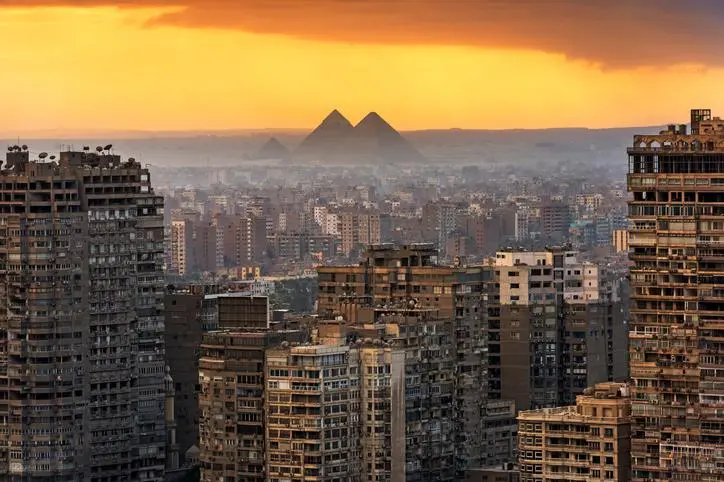PHOTO
CAIRO - Egypt's government is drawing up a plan to turn over as many as 150 crumbling historic buildings to the private sector to refurbish and lease out for profit, the Minister of Public Enterprise said on Tuesday.
The plan could potentially save an eclectic mix of neo-classical, beaux arts, art nouveaux, art deco and early modern styles built mostly in the first half of the 20th century then nationalised in the early 1960s.
It could also revitalise important tourism districts in central Cairo, Alexandria and Port Said on the Suez Canal.
The buildings have fallen into various degrees of disrepair for lack of funding and maintenance, with many tenants paying tiny sums for units that have remained rent-controlled for more than half a century.
Public enterprise minister Hesham Tawfik said the government would follow the model of privately owned Al Ismaelia for Real Estate Investment, which has been slowly renovating 23 historic buildings it has bought in downtown Cairo.
"They take the buildings, they settle with individuals or companies who are renting these apartments, they do the necessary renovations, inside and outside, and they simply rent them to the private sector. And they are making some decent return on their investment," Tawfik said.
"We intend to do this by offering parcels of buildings, and by parcels I mean four to five buildings per transaction, for the private sector to repeat what Ismaelia did, on a revenue-sharing basis," he said at business conference.
The plan was being studied at the state Insurance Holding Co. which along with the state insurance company owns 350 buildings, 150 of which are classified as historic.
"Probably they will come up with something very soon to offer to private developers, who we will insist be Ismaelia-style, with the right social background to be able to make sure that the development is done at the right level," Tawfik said.
REPAYING DEBTS
The government was also preparing to sell about 2 million square metres of unused land owned by state holding companies to help pay back more than 38 billion Egyptian pounds ($2.22 billion) in debts owed to other public entities, he said.
These include the National Investment Bank, the Ministry of Petroleum, the Ministry of Electricity, pension funds and the tax authority.
Once paid, any extra proceeds will be used to finance restructuring plans for companies under the ministry, including 21 billion pounds for textile industry and 5 billion pounds for chemical and metallurgical industries, Tawfik said. ($1 = 17.14 Egyptian pounds)
(Reporting by Patrick Werr; Editing by Angus MacSwan) ((patrick.werr@thomsonreuters.com;))












